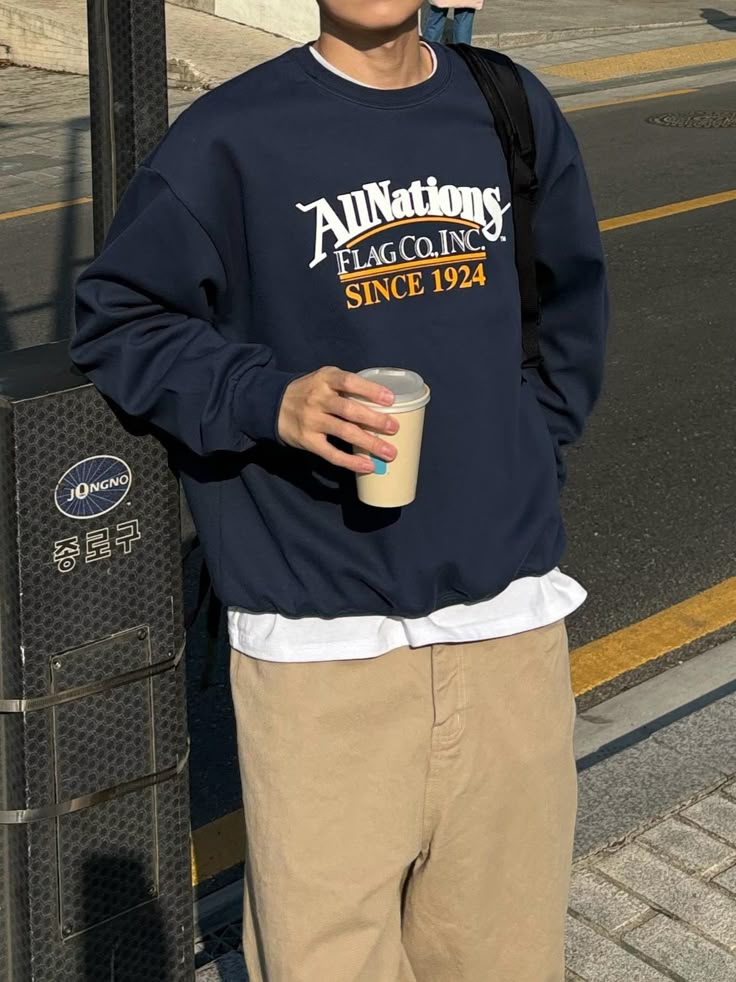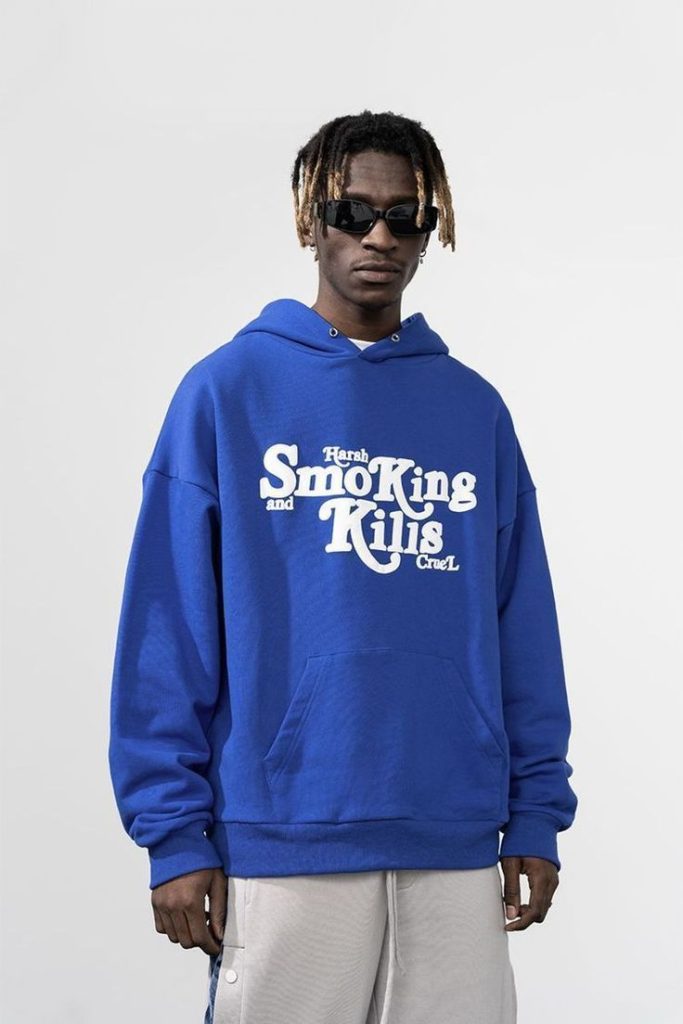Introduction
In the ever-evolving world of youth fashion, 2025 has emerged as a landmark year where style and technology seamlessly converge. The term “techwear” no longer resides in the margins of niche subcultures; it has exploded into mainstream consciousness, driven by innovation and Gen Z’s hunger for expressive functionality. Smart fabrics, adaptive garments, and digitally enhanced experiences are reshaping what it means to get dressed. “Smart Fits: How Techwear is Dominating Youth Fashion in 2025” explores how this futuristic apparel is more than a passing trend—it’s a full-scale fashion revolution.
Techwear isn’t just about utility anymore—it’s the new symbol of identity, autonomy, and rebellion. Young consumers crave more than clothing that looks good; they want apparel that feels intuitive, reacts to their lifestyle, and makes a statement without saying a word. In 2025, fashion has evolved from a visual expression to an intelligent companion, worn proudly as a second skin of both function and flair.
The Evolution of Techwear from Underground to Ubiquity
What began as an underground fascination among digital nomads and functional minimalists has transformed into a cultural staple. Techwear in 2025 is defined by its sleek silhouettes, engineered layering systems, and innovative materials that breathe, stretch, illuminate, and interact. These clothes are built for urban warriors, gamers, athletes, and creators—those who live between the physical and virtual worlds.
Youth have taken ownership of this evolution, pushing brands to rethink the purpose of garments. A hoodie that monitors stress levels or a jacket that adjusts insulation based on climate isn’t just functional—it becomes a badge of digital sophistication. Through social media and augmented reality experiences, youth-led communities have propelled techwear into everyday wardrobes.
Smart Materials and Responsive Textiles
At the heart of techwear’s dominance are the fabrics themselves—intelligent textiles that adapt and react. Graphene-infused weaves conduct electricity, enabling clothing to heat or cool based on body temperature. Biometric sensors embedded within seams track health data, from hydration to posture, feeding insights to synced apps.
Garments in 2025 often integrate shape-memory alloys and reactive dyes, allowing clothing to alter form or hue in response to environmental stimuli. This fusion of form and function is redefining versatility, with youth demanding gear that transitions seamlessly from streetwear to performancewear, from a classroom to a concert.
Digital Interfaces and Augmented Experiences
Smart fashion now includes user interfaces built into apparel. Touch-responsive sleeves allow users to control playlists or accept calls. Garments come with AR-linked tags that, when scanned, reveal backstories, digital styling options, and even unlock NFT versions for avatars in gaming environments.
Young consumers, digital natives at heart, have embraced this new layer of interactivity. Fashion shows now include AR runways, where models don both physical and virtual versions of outfits. The virtual complements the tangible, extending the life of a single look and transforming fashion into a storytelling tool.
The Rise of Personalization in Smart Fashion
Customization has always been a hallmark of youth fashion, and in 2025, techwear takes it to an entirely new level. AI-driven design platforms allow users to co-create garments tailored to their biometrics, aesthetic preferences, and lifestyle needs. Fabric tension, pocket placement, even seam curvature can be adjusted in real-time before the piece is produced.
In this hyper-personal era, mass production gives way to modular design. Clothing becomes a canvas for individual expression, as young people remix and reprogram their wardrobes to match moods, environments, and digital personas. Personalization isn’t just an option—it’s an expectation.
Sustainability and Smart Production Methods
Sustainability plays a central role in the rise of techwear. Many of the most advanced fabrics are engineered for longevity and recyclability, while brands use closed-loop manufacturing systems powered by renewable energy. 3D-knitting, on-demand fabrication, and biodegradable smart threads ensure that high-tech doesn’t come at the planet’s expense.
Young consumers demand transparency and impact. Blockchain-based tracking systems offer detailed insight into sourcing and labor conditions, reinforcing the movement’s values. By merging cutting-edge materials with ethical innovation, techwear has become a beacon for fashion’s sustainable future.
Cultural Identity Through Techwear
For youth in 2025, techwear isn’t merely about features—it’s about ethos. It signals creativity, control, and resistance to outdated norms. Whether referencing gaming culture, cyberpunk aesthetics, or Afrofuturism, techwear becomes a language that tells stories and builds tribes.
From street corners in Seoul to runways in London, youth are using smart garments to claim space, rewrite traditions, and shape new identities. It’s not unusual to see a teen in a fiber-optic jacket at school or someone customizing their modular trousers via mobile app mid-concert. These acts are not just fashion—they are expressions of generational pride.
Smartwear’s Impact on Traditional Fashion Systems
As techwear climbs the ranks of global style, traditional fashion houses have taken notice. Once reliant on static seasonal drops, luxury labels are now collaborating with software engineers, biotech firms, and interface designers. The goal isn’t just relevance—it’s reinvention.
The youth market has shifted expectations around fashion cycles, valuing iterative updates, gamified product releases, and participatory brand relationships. Retail spaces, both physical and virtual, are evolving into interactive hubs where garments are activated, experienced, and modified.
Conclusion
“Smart Fits” perfectly encapsulates the spirit of youth fashion in 2025. No longer confined to aesthetics, clothing has become an extension of intelligence, identity, and innovation. As digital natives grow into creative forces, their embrace of techwear marks a transformative era in how we define, produce, and experience fashion.
The revolution is intelligent, the style is personal, and the future is now. In this connected age, youth aren’t just wearing fashion—they’re coding it, syncing it, and living it. Techwear is no longer a glimpse of tomorrow. It’s the look of today.



